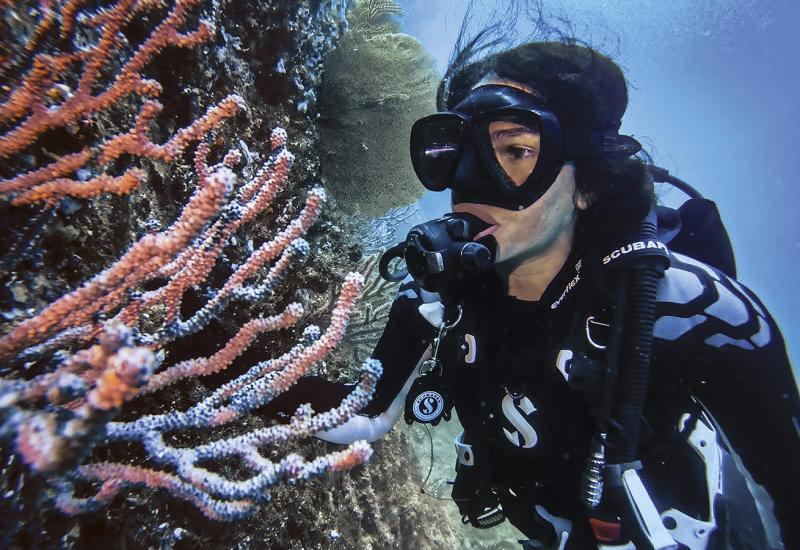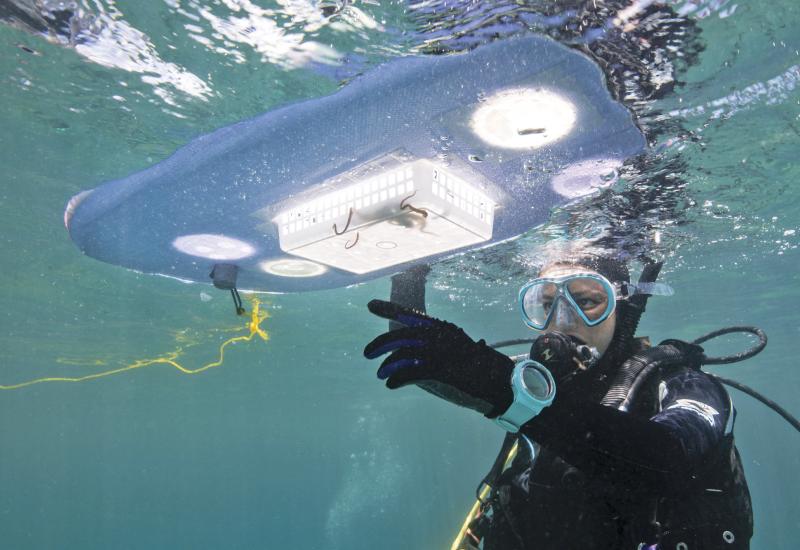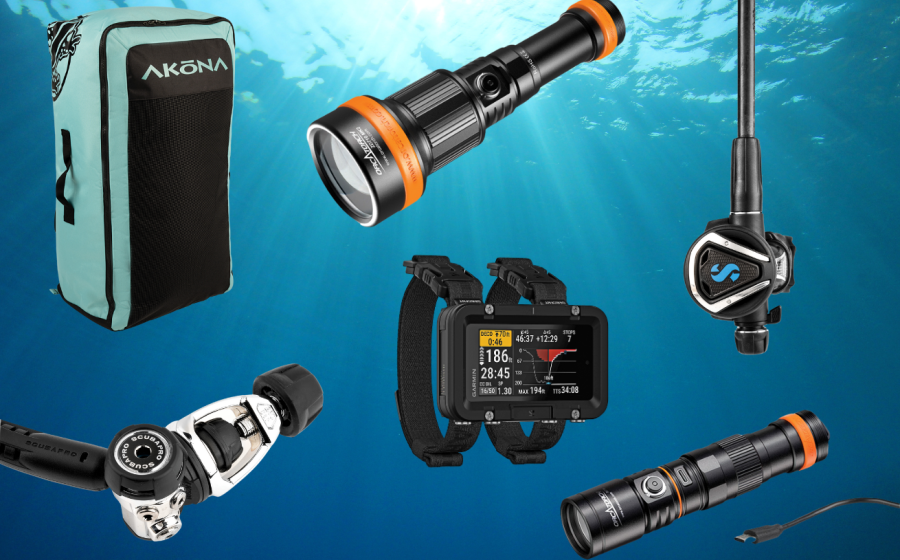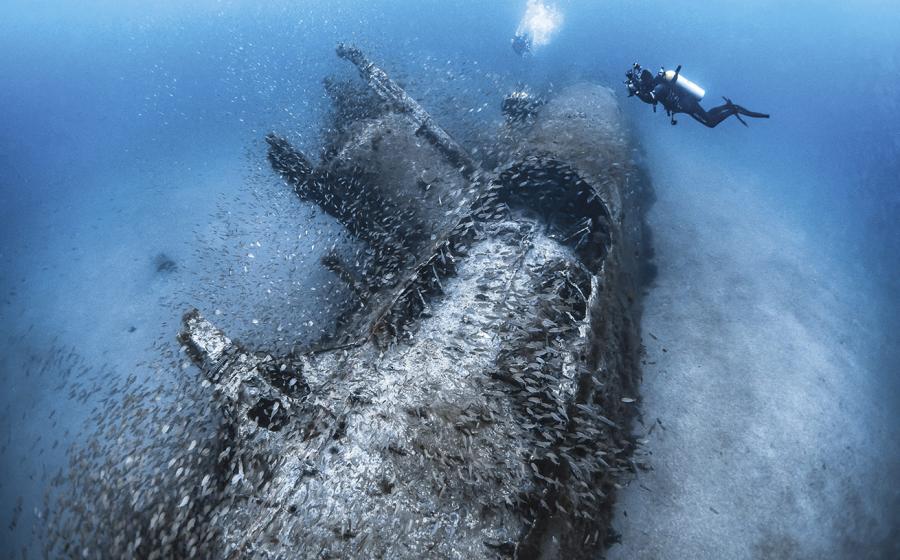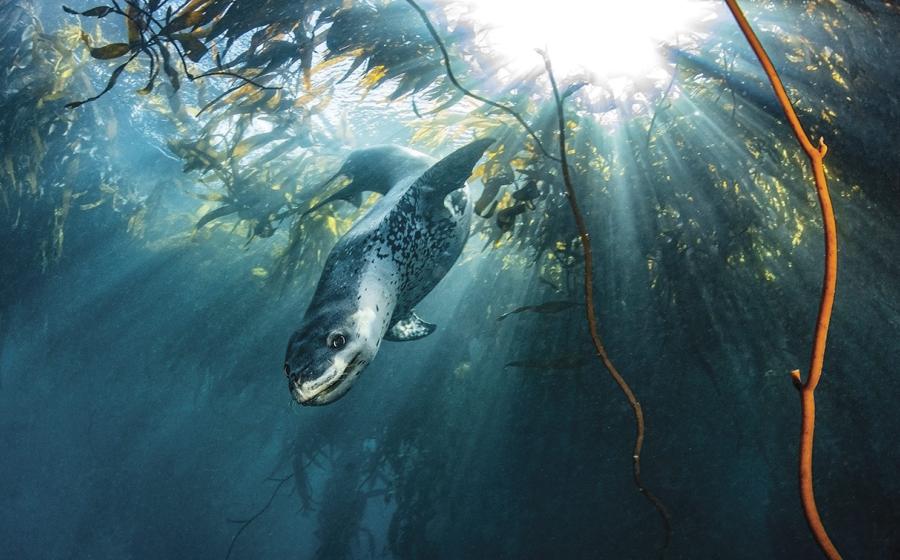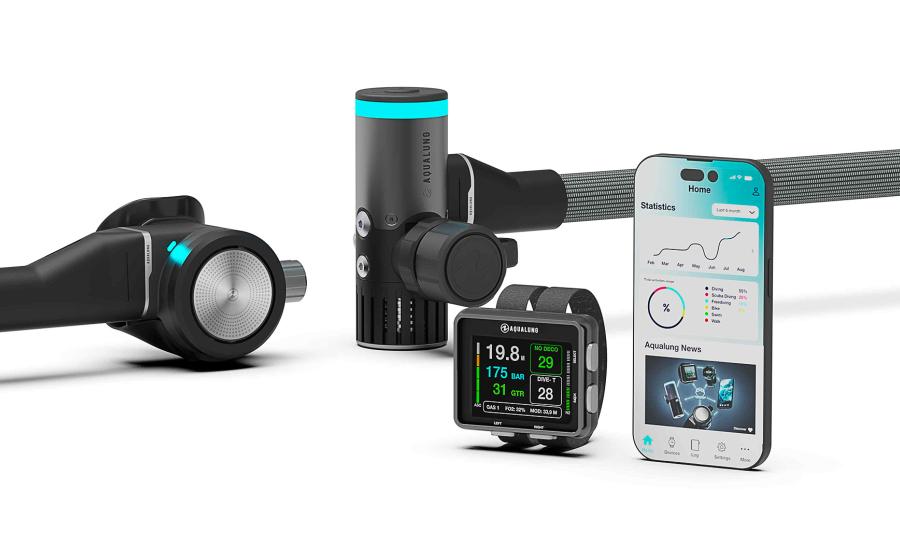What It's Like to Be an Environmental Consultant
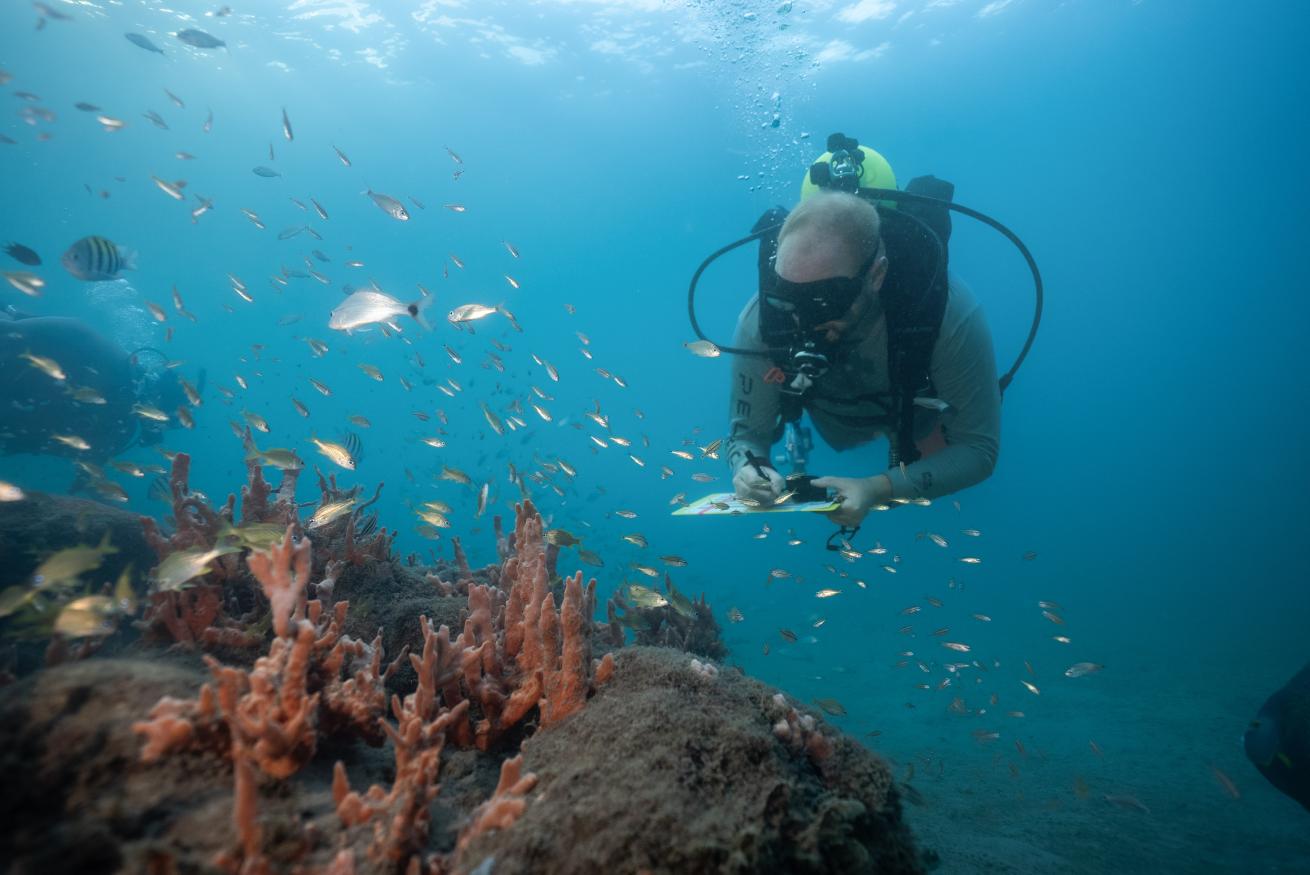
Kristin PaterakisAs an environmental consultant, White spends time assessing the health of marine environments.
As an environmental consultant, Matthew White uses scuba diving to map and evaluate sensitive underwater ecosystems, like the seagrass beds and coral reefs of South Florida, for proposed development projects.
White studied ecology and evolutionary biology in college, and got a master’s degree in marine science and conservation. “Then I realized the academic track was not what I wanted as a career,” he says. “I am an outdoor person, so I took a job with a private consulting firm that specialized in environmental assessments and solutions—it was the perfect mix of science and business.”
His role requires adaptability and multitasking, as fieldwork demands can change rapidly, and the underwater work is more challenging than a standard recreational dive. That’s why in-water experience is more important than specific certifications, White says, though he recommends having at least rescue and nitrox certifications.
White is a PADI Master Scuba Diver and he is working toward becoming a PADI Divemaster. He adds that anyone interested in this line of work should be comfortable diving in conditions where currents, low visibility, weather and boaters all pose potential risks.
Related Reading: Can Fish Survive in Both Fresh and Salt Water?
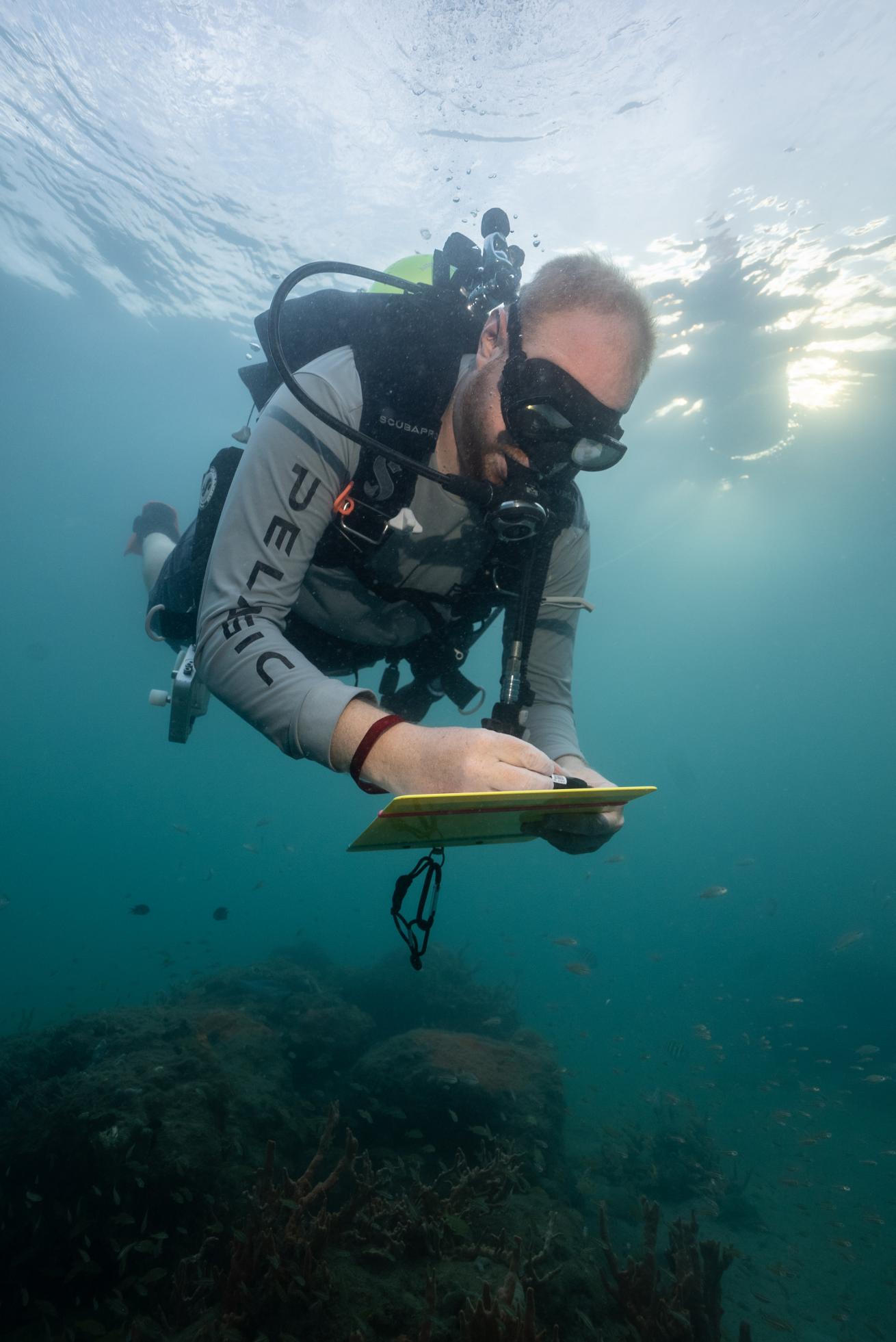
There’s also the equipment to consider. Among his team of divers, the standard equipment they use on survey dives includes measuring devices like transect tapes, quadrats, rulers and meter sticks, along with cameras, marker buoys, GPS devices, clipboards and waterproof data sheets.
“We’re constantly managing multiple variables, such as air consumption, navigation, dive plans, and we have a lot of gear,” he says. “Being able to multitask is key—even something as simple as clearing your ears can become challenging while carrying all this equipment.”
White estimates that he spends about a month of every year diving for work in South Florida, depending on the number and size of the projects his firm has that year. He also explains that most of underwater surveys happen during the summer due to the growing season for seagrass, in alignment with Florida Department of Environmental Protection protocols.
“South Florida has a peak growing season for seagrasses from July to September, so we have a limited window to complete seagrass fieldwork,” he explains. “Coral surveys don’t have seasonal restrictions, but we look at both resources for most projects, so most diving happens in summer.”
The job is more than just scuba diving, however, as his firm gets contracted for surveys on a variety of environmental projects, including wetland delineations, burrowing owl surveys and tree surveys, ensuring a steady stream of work outside the seagrass growing season.
White says one of his most memorable experiences underwater was a close encounter with a manatee during a seagrass survey in Biscayne Bay, Miami. “I was counting seagrass when a dark shadow came over me. Then I felt a push on my tank and was forced face-first into the sand and grass,” he says. “I rolled over expecting to see my coworker playing a prank on me but instead I saw a big gray manatee swimming off into the distance.”
Related Reading: 3 Nearshore Habitats to Dive
Job Requirements
Degree: Bachelor’s in marine biology or related field—master’s is highly desirable.
Salary: $45,000–$60,000/year starting, $100,000 or more for senior consultants.
Certifications: PADI Enriched Air Nitrox and Rescue Diver, and comfort in low-viz conditions and current.

